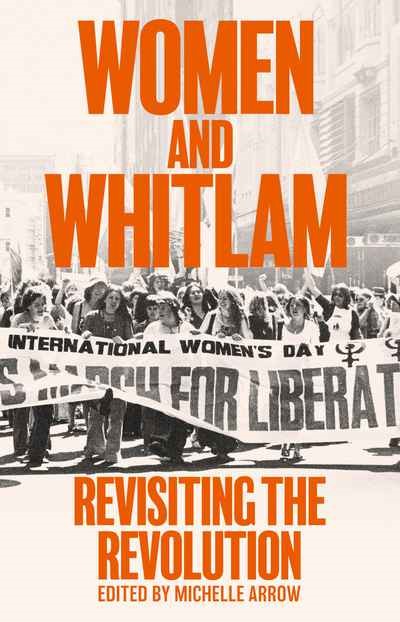Feminism
Here is news: the screen industry treats women like garbage. This insight, such as it is, powers writer-director Coralie Fargeat’s second feature film, The Substance, which is set in an unnamed city that is clearly a version of Los Angeles, at an unnamed time that bears resemblance to the 1980s. ... (read more)
Women Philosophers in Nineteenth-Century Britain by Alison Stone
by Karen Green •
Lives of the Wives: Five literary marriages by Carmela Ciuraru
by Jacqueline Kent •
Women and Whitlam: Revisiting the revolution edited by Michelle Arrow
by Marilyn Lake •
Bold Types: How Australia's first women journalists blazed a trail by Patricia Clarke
The Mirror and the Palette: Rebellion, revolution and resilience: 500 years of women’s self-portraits by Jennifer Higgie
by Julie Ewington •
Not Now, Not Ever edited by Julia Gillard & How Many More Women? by Jennifer Robinson and Keina Yoshida
by Kim Rubenstein •
Romancing the Tomes: Popular culture, law and feminism edited by Margaret Thornton
by Kristie Dunn •
Family and Social Policy in Japan edited by Roger Goodman & Feminism in Modern Japan by Vera Mackie
by Chilla Bulbeck •















